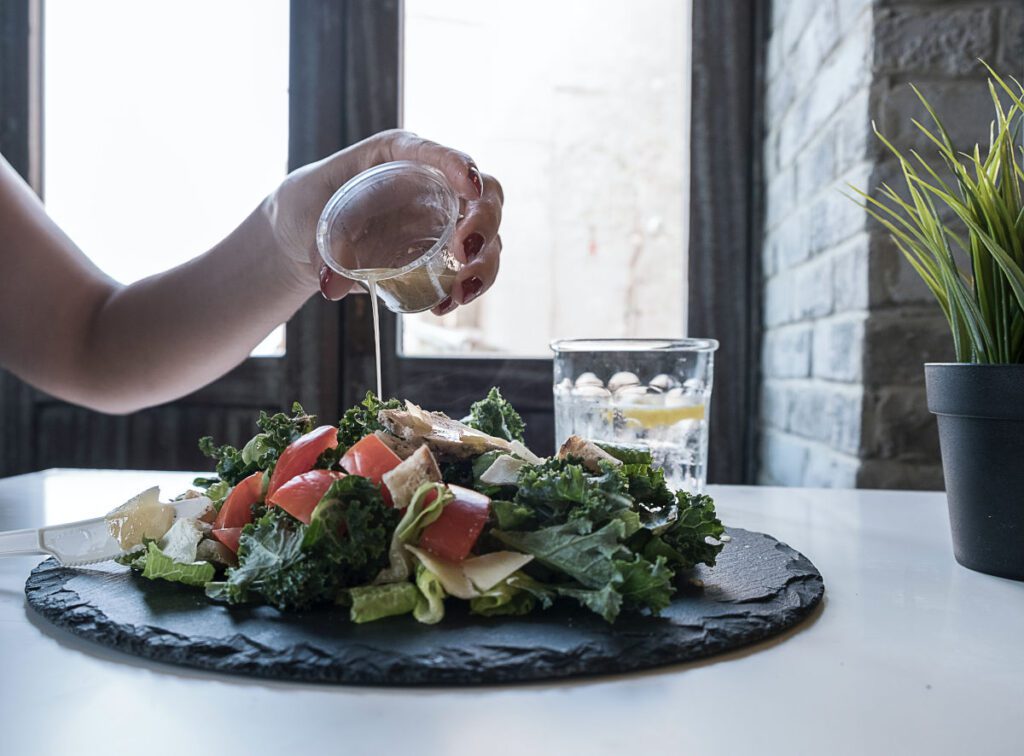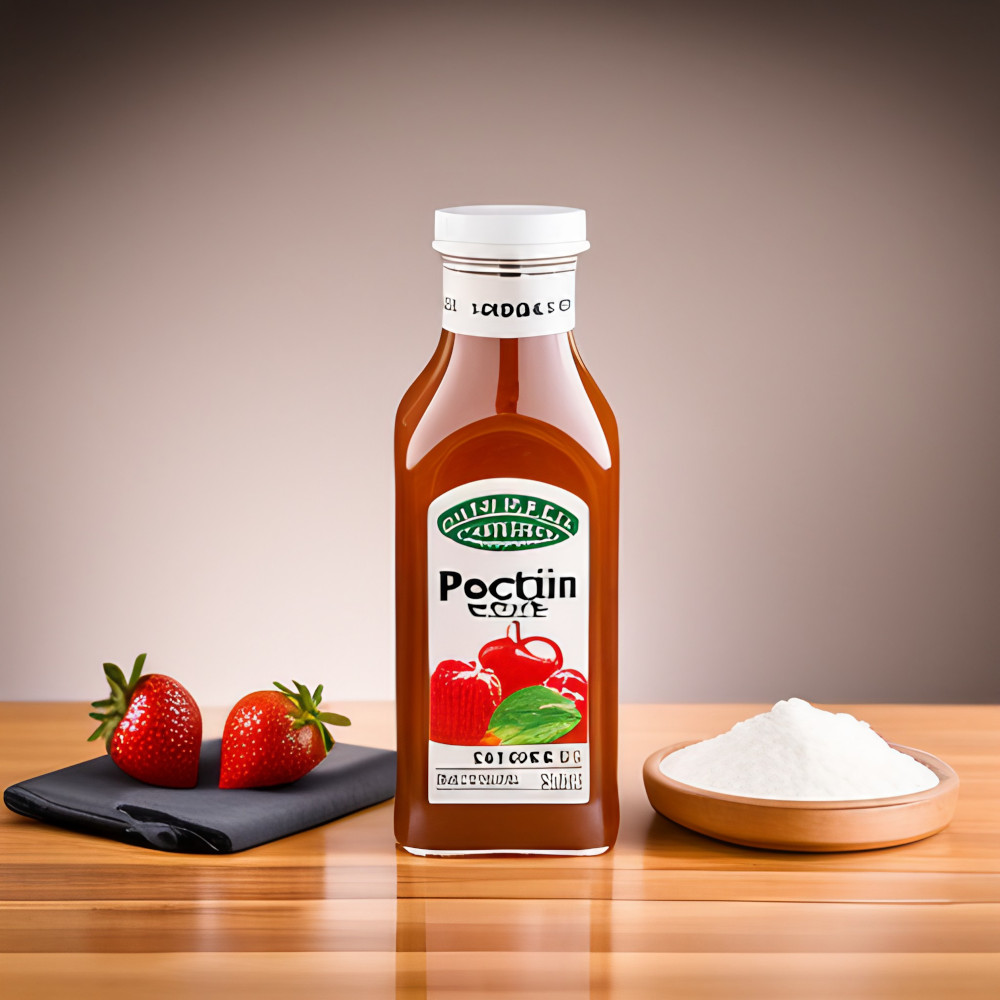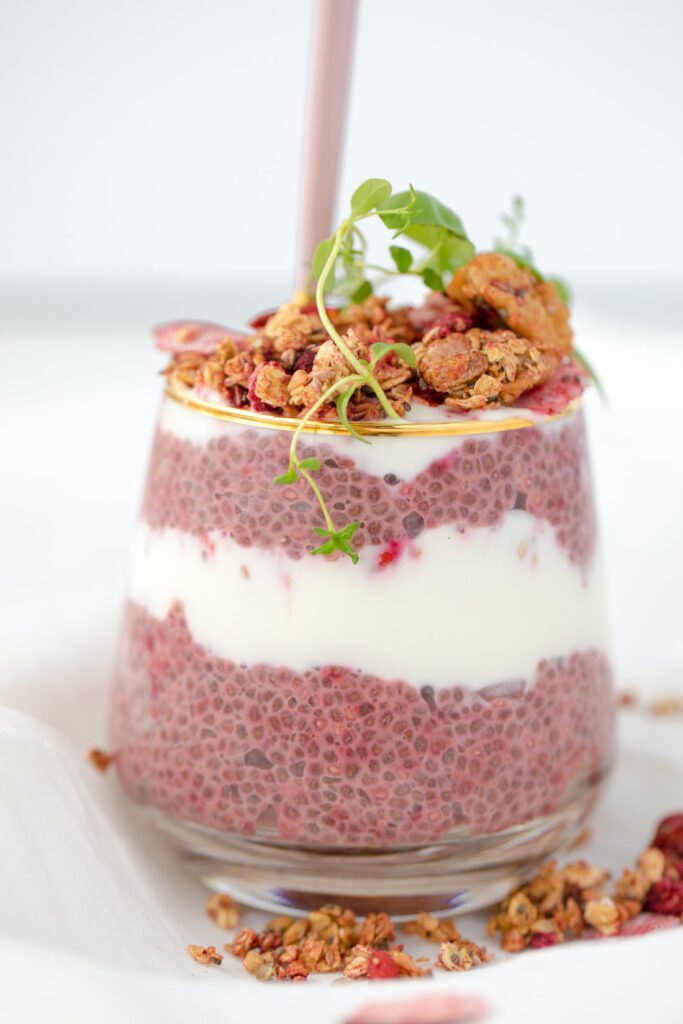In the fascinating world of homemade jams and jellies, the sweet aroma of simmering fruits and sugar can fill your kitchen, but this is also where mishaps and challenges are part of the journey. Fear not, for these hiccups, especially those that involve pectin and lemon, are common and can happen to anyone who dares to make their own.
Sometimes there’s a clear cause for the issue, while other times, it might be a mysterious combination of variables that come together to create an unexpected outcome.

The good news is that many of these issues can be remedied or partially resolved, allowing you to salvage your creation or find alternative ways to use it. However, in some cases, you may need to discard the jam or jelly, especially if it’s mouldy, and chalk it up to experience.
Learning and experimenting are integral parts of the process. You’ll discover new flavour combinations and techniques, some of which will be a revelation, while others may fall short of your expectations.
But don’t let these experiences stop you from continuing to create your own preserves, as each trial brings valuable insights to help you improve and refine your skills.
To pectin or not. Read on to find out how rolling the dice with this aspect of making jam or jelly can affect the outcome of your sweet preserve creation.
Not adding the lemon juice
Problem:
Lemon juice is an essential ingredient in many jam or jelly recipes.
It helps to balance the sweetness, enhances the flavours and provides the necessary acidity for the pectin in the mixture to set. So this is in essence also an issue with pectin and lemon given their close relationship.

Without lemon juice –
- The mixture may not set properly, resulting in a runny or syrupy consistency
- A lack of acidity can affect the flavour profile of the jam or jelly, making it taste overly sweet or bland
Remedy:
If you find yourself with a batch of jam or jelly that didn’t include the recommended amount of lemon juice, don’t despair – there are some ways to rescue this preserve.
- Add the lemon juice to the mixture and reheat it on the stove until it reaches the desired consistency.
- You could also try adding citric acid, which can provide the necessary acidity without altering the flavour.
- Choose to use the mixture as a syrup or glaze instead of a spread. The lack of pectin may make it unsuitable for toast, but it could be a delicious addition to pancakes, waffles, or ice cream.

- Use it as a marinade or dressing for meats or salads. It may not be the jam or jelly you were hoping for, but it can still be put to good use in the kitchen.
Remember to always follow the recipe carefully and not skip any essential ingredients like lemon juice to ensure the best possible outcome for your homemade jams and jellies.
Uncertainty about commercial pectin, so omitting it
Problem:
Pectin is a natural substance found in fruit that helps to thicken the mixture and create a spreadable consistency.

Some people may try to avoid using commercial pectin due to concerns about additives or unnatural ingredients, but it’s important to note that there are many natural pectin sources available, such as apples, quince, or citrus juice and peel.
Without enough pectin the jam or jelly may not set properly, resulting in a runny or syrupy texture.
Remedy:
If you have used a recipe that includes commercial pectin as an ingredient, but you want to avoid using this, then just make sure that you use a substitute ingredient or method.
Thickening Options:
- Adding more fruit high in natural pectin, such as apples or cranberries, to the mixture.
- Use lemon juice (+/- a bit of lemon peel and pips in some muslin). Here again you can see the duet that is the pectin and lemon relationship.

- Use other thickener options such as chia seeds, arrowroot or agar-agar. These ingredients can be added to the mixture and left to sit for a few minutes, allowing them to absorb the liquid and create a thicker consistency. It’s important to note that these thickeners may alter the flavour or texture of the jam or jelly, so be sure to experiment with small batches before committing to a larger batch.
- You could also cook the mixture for a longer period, as this can help evaporate any excess liquid and help the mixture thicken naturally.
Summary
So, while it’s not uncommon to have concerns about commercial pectin, it’s important to consider the potential outcomes of avoiding it and to have alternative solutions available. By experimenting with different natural pectin sources or thickeners, you can still create delicious homemade jams and jellies without compromising on texture or taste.
On the journey through the delightful yet sometimes challenging world of homemade jams and jellies, remember that problems like those with pectin and lemon juice, are a natural part of the process. There may be various hurdles that you may encounter before, during, and after making your sweet preserves, and while some of these experiences may feel discouraging, they’re certainly no reason to feel disheartened or consider your efforts a failure.
Embrace the learning curve and continue experimenting with new techniques, flavours, and methods in the pursuit of your ideal homemade jams or jellies. Each challenge you overcome will only serve to develop your skills and confidence in the kitchen. With patience, practice, and perseverance, you’ll soon be creating delectable preserves that not only bring joy to your taste buds but also become cherished gifts for your loved ones and friends.
Savour each success and let each setback be a stepping stone towards mastery. After all, the sweetest rewards often come from the lessons learned along the way. Happy preserving!